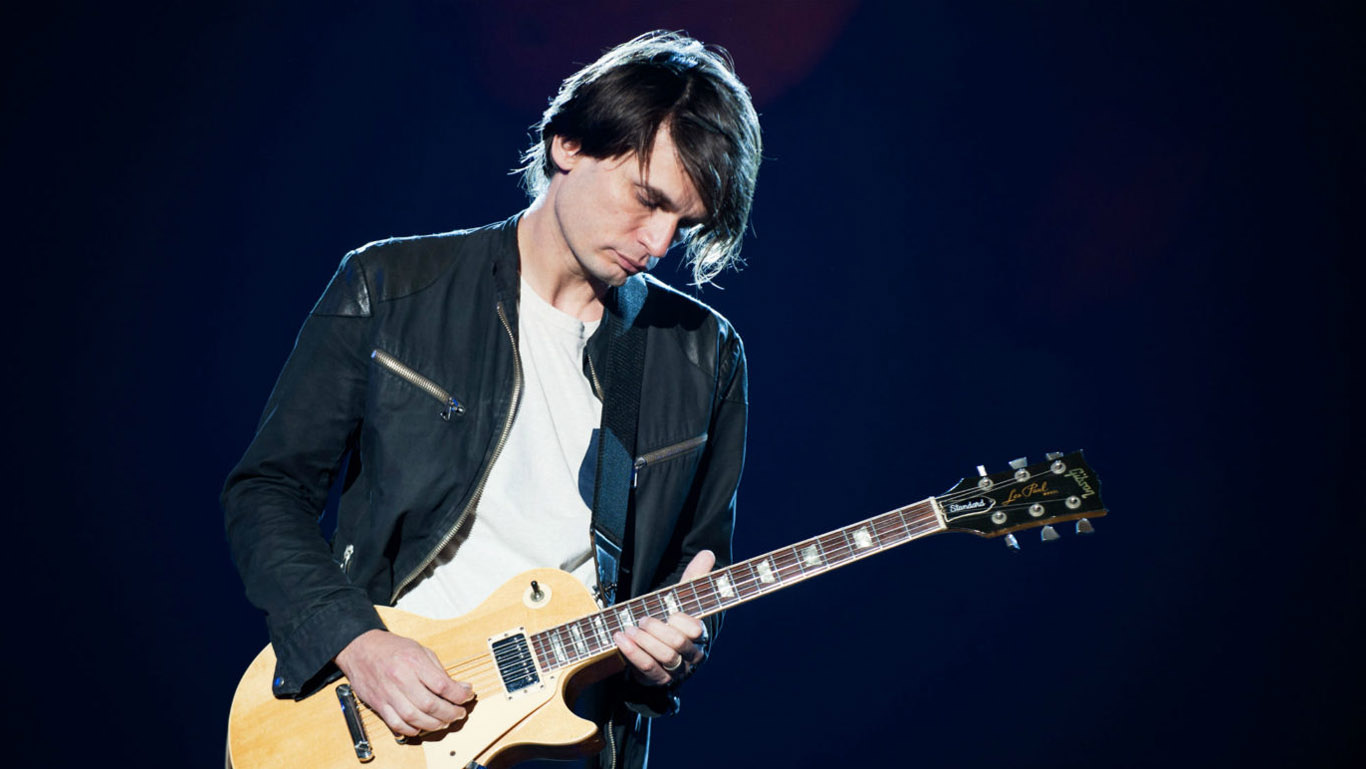Guitar Solos and Lead Guitarists. Part 6: The 2000's







The decline of Lead Guitar from 2000 to 2010
The first decade of the 21st century witnessed the last throes of lead guitar domination. There was a continued dynamic evolution of the lead guitar, of sorts; technological advancements, shifting musical trends, but only modest innovation.
This decade spelled the end of the party for lead guitarists.
The Internet: A promise not kept.
The internet promised to be a majestic time for all musicians, a golden age when the power shifted from the corporations to the individual musician. A true democratization of music. Anyone could share their music to a theoretically global audience, for free!
The Internet did indeed revolutionize the way artists create, distribute, and consume music. With the advent of social media platforms, streaming services, and online communities, lead guitarists gained unprecedented access to global audiences and new avenues for self-promotion and collaboration. Sadly, none of that would halt the decline of the guitar solo.
- MySpace was the first music platform to market in 2003 and initially did well. The market was theirs to lose, and they did.
- YouTube was next, founded in February 2005. Google bought the site in November 2006 for US$1.65 billion and pushed it hard in their race to be the internet’s gatekeeper monopoly.

- Soundcloud appeared in 2007 and was instantly adopted by musicians but never really had a wide audience, just other musicians.

Guitarists and guitar bands would survive. The guitar is after all the easiest and quickest instrument to pick up. But the fate of the lead guitarist was sealed by a diminishing share of the market accorded to guitar solos. There was still Rock, but it was fringe and an ever more irrelevant genre compared to Hip Hop/Rap.
Who was getting noticed?
The majors still commanded airplay and, despite an upsurge in music creation, they still ruled the roost in as cutthroat a manner as ever.
In the world of mainstream rock, bands like The Strokes, Arctic Monkeys, and The White Stripes appeared but with their stripped-down, guitar-driven sounds. Lead guitarists like Jack White and Alex Turner embraced a minimalist approach to playing, favoring raw energy and authenticity over technical virtuosity. Whilst still occasionally delivering memorable riffs and catchy melodies none of them were guitar heroes in the traditional sense.
The new kid on the block competing with music, video games, had a very popular game called “Guitar Hero”, basically Karaoke for non-musicians to play air guitar on a controller that looked like a guitar. What were we thinking? Guitar Hero was the closest the 2000’s came to a lead guitar revival, which should tell you everything you need to know about the decade!

Superficially, the rise of indie rock and alternative music provided a platform for lead guitarists to experiment with unconventional song structures and experimental sounds but it’s debatable whether artists like Radiohead's Jonny Greenwood, Interpol's Daniel Kessler, and Bloc Party's Russell Lissack pushed the boundaries of lead guitar playing, incorporating elements of noise, dissonance, and avant-garde experimentation into their compositions.
In the realm of metal and progressive rock, lead guitarists still continued to push the boundaries of technical proficiency and virtuosity, with bands like Tool, Mastodon, and Opeth leading the charge. Guitarists like Adam Jones, Brent Hinds, and Mikael Åkerfeldt showcased complex rhythms, intricate melodies, and extended instrumental passages, creating epic sonic landscapes with modest depth and complexity. Too little, too late.
The 2000s saw a surge in musical instrument technological evolution which prompted a contrarian response, a resurgence of interest in vintage gear and analog recording techniques. Lead guitarists sought to capture the warmth and character of classic tube amplifiers and analog effects pedals. From boutique guitar pedals to vintage guitar amps, musicians embraced a return to analog craftsmanship and traditional recording methods, adding a touch of nostalgia and authenticity to their sound.
Conclusion
As the decade drew to a close, the rise of social media platforms like YouTube and Instagram theoretically provided new opportunities for lead guitarists to showcase their skills and connect with fans on a global scale.
In conclusion, the evolution of lead guitar from 2000 to 2010 was not marked by innovation, experimentation, or a spirit of creative exploration. From the digital revolution to the resurgence of analog craftsmanship, lead guitarists navigated a rapidly changing musical landscape but that was all about to collapse.